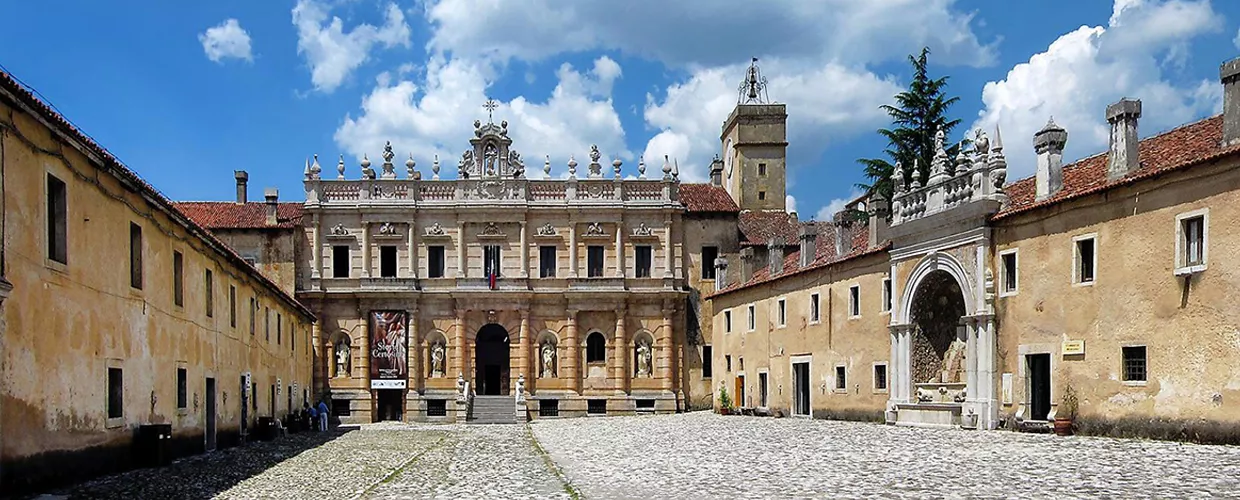
Overview
The Monastery of Padula, one of the largest in Europe
A UNESCO heritage site, where the Tanagro becomes a river
Padula is a village in the Vallo di Diano that rises on the top of a mountain, but its best-known landmark is located outside the historical centre: it is the Monastery of San Lorenzo, also known as the Certosa of Padula. It is a very extensive complex of magnificent buildings including large cloisters, courtyards, the church and all the structures necessary to the monks' life. Seen from a distance, its visual impact is impressive: it is so large that it almost hides the village. In fact, panoramic images of Padula are often taken from the inside.
Why it is special
Such a vast extension has been reached over time, gradually expanding the existing structures and adding new ones. This is why today the Certosa is a combination of many different artistic and architectural styles, which coexist closely together, especially in the church. The Certosa is a veritable open-air art history book! Such a rich heritage deserved special protection. In 1998, the monastery was declared a UNESCO World Heritage Site, together with other local wonders such as the Cilento National Park, the Vallo di Diano area, Paestum and the archaeological excavations of Velia.
Not to be missed
The beauty enclosed in the monastery is so great that it is almost impossible to indicate a place more worthy than others. That's also because there really is a place for every taste: Baroque art enthusiasts will enjoy the frescoes painted on the church ceiling and history lovers will find a museum section with many archaeological finds from the Padula area. There is also plenty for those who are always looking for the more interesting everyday-life details of the past: trust us, the kitchen is a true beauty!
A bit of history
The Certosa was built on the site of a chapel owned by some Benedictine monks. Formerly dedicated to San Lorenzo, the chapel was purchased in 1306 by Tommaso Sanseverino. Sanseverivo was the promoter and the financier of the construction and, once finished, he donated the monastic complex to a group of Carthusian monks. Between the 15th and the 16th century, the first enlargements began, but it was between the end of the 16th and the beginning of the 17th century that the grandiose Baroque reconstruction took place. Much of its treasures were dispersed under the Napoleonic era, but some of them were eventually returned.
Good to know
Padula's name derives from the Latin word paludem, swamp, which suggests the presence of wetlands on the plain around the town. Today the land has been reclaimed, but the link with water remains, since it is here that the Tanagro reaches a flow rate and a size worthy of a river.
Credit to: Velvet